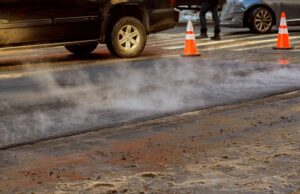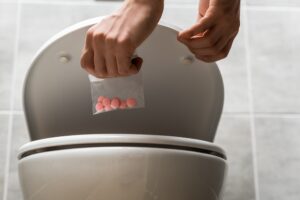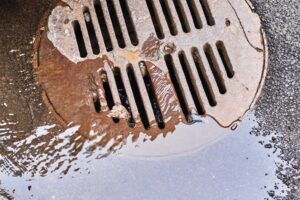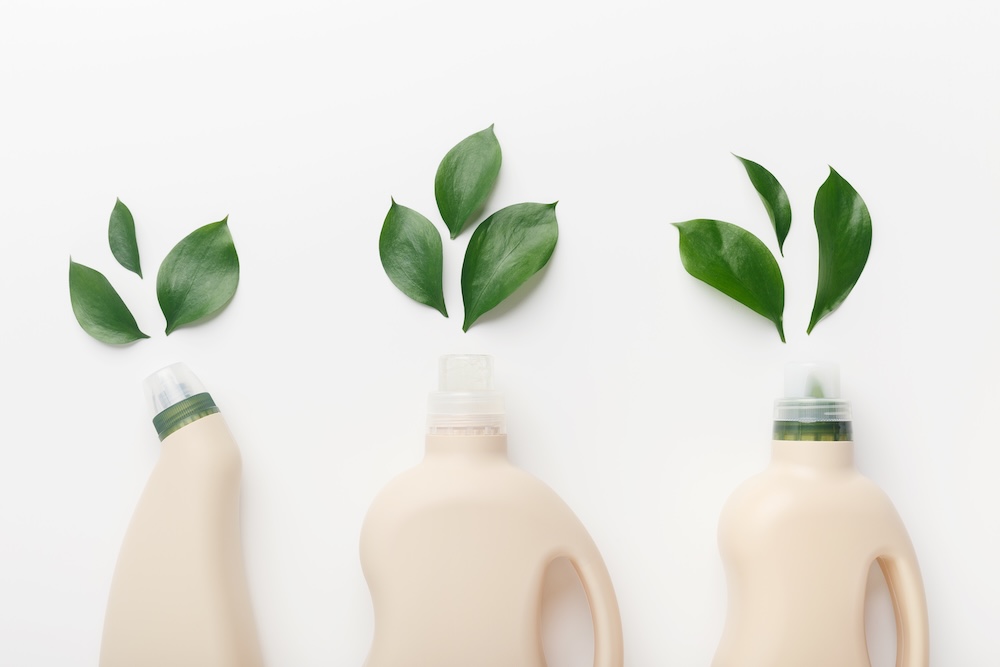From laundry detergents to beauty products, the shelves are full of items branded with feel-good labels like natural, eco-friendly, non-toxic, and green. But behind the marketing buzzwords lies an uncomfortable truth: most of these terms are unregulated.
That means companies can use them freely—even if their products contain harmful chemicals, unsustainable ingredients, or deceptive practices.
Why These Terms Sound Safe
Words like “natural” and “eco-friendly” tap into consumers’ desire for healthier, more responsible choices. People often assume:
- Natural means plant-based and chemical-free
- Eco-friendly means safe for the planet
- Non-toxic means safe for people and pets
In reality, there is no legal definition for most of these terms in the United States, and limited regulation globally. As a result, greenwashing is rampant.
What Does “Natural” Actually Mean?
The Problem
There is no single governing body that defines or enforces what “natural” means across cleaning, beauty, or household products. A product can legally be labeled “natural” if it contains even one naturally derived ingredient, while the rest may be synthetic or harmful.
Common Issues with “Natural” Labels
- Derived from natural sources but heavily processed
- Contain preservatives, fragrances, or solvents
- Include irritants or allergens under the guise of essential oils or plant extracts
- Lack third-party testing or transparency
Example: A surface cleaner might advertise “with natural lemon oil,” while also containing petroleum-based surfactants and artificial fragrance.
What About “Eco-Friendly”?
No Standard Definition
“Eco-friendly” implies environmental responsibility—but again, there’s no consistent definition or legal threshold. Some companies may:
- Use biodegradable packaging but not biodegradable formulas
- Source ingredients sustainably, but use energy-intensive manufacturing
- Offset carbon emissions but still use toxic chemicals
Without Context, It’s Just a Claim
Eco-friendly should mean:
- Low environmental impact across the product lifecycle
- Sustainable sourcing
- Minimal pollution
- No harm to aquatic life or ecosystems
But without verification, the term can be applied loosely—even by companies that harm the environment.
Other Terms with No Legal Standards
| Marketing Term | Regulation? | What It Might Mean |
|---|---|---|
| Natural | ❌ | Contains natural components (but maybe not only) |
| Eco-friendly | ❌ | Claims to be less harmful to the environment |
| Non-toxic | ❌ | Not lethal in small doses—not the same as safe |
| Biodegradable | ⚠️ | Only meaningful if timeline and conditions are disclosed |
| Hypoallergenic | ❌ | No definition—doesn’t guarantee no allergic reactions |
| Cruelty-free | ⚠️ | May refer to final product, not ingredients or supply chain |
The Dangers of Misleading Labels
When people trust these terms without scrutiny, they may:
- Bring toxic chemicals into their homes
- Assume a product is safe for babies or pets
- Support unsustainable production
- Suffer health consequences from exposure to irritants or allergens
It also undermines legitimate eco-conscious brands that follow stricter sourcing, transparency, and third-party testing.
What to Look For Instead
1. Full Ingredient Lists
Brands that disclose every ingredient demonstrate transparency. Avoid those that hide behind “proprietary blend” or “fragrance.”
2. Third-Party Certifications
These mean the product has been independently tested and verified:
| Certification | What It Ensures |
|---|---|
| EPA Safer Choice | Safer chemical ingredients for people and environment |
| Green Seal | Health, sustainability, and performance standards |
| UL GREENGUARD | Low chemical emissions into indoor air |
| EWG Verified | Meets strict health and ingredient safety criteria |
| USDA Organic | At least 95% organic ingredients (for cosmetics/food) |
3. Specific Language Over Buzzwords
Look for phrases like:
- “No synthetic fragrance”
- “Biodegradable in 30 days in soil or water”
- “Tested for aquatic toxicity”
- “Free of ammonia, bleach, parabens, phthalates”
4. Brand Transparency
Do they explain ingredient sourcing, sustainability, and packaging clearly on their website? Do they disclose risks and limitations?
Consumer Tips to Avoid Greenwashing
- Read past the front label — flip the bottle.
- Verify claims — check for certifiers or lab results.
- Use databases — sites like EWG’s Guide to Cleaners and Think Dirty rate product safety.
- Contact brands directly — if in doubt, ask them for clarification.
- Support smaller, ethical brands — they often lead in transparency.
FAQs: Greenwashed Product Labels
Is “natural” safer than synthetic?
Not always. Natural substances can still cause irritation or harm. Safety depends on the full formula, not just the origin.
Is “non-toxic” a reliable label?
No. It often just means the product won’t kill you if ingested in small amounts—not that it’s safe to breathe or touch regularly.
How can I tell if a product is greenwashed?
Look for vague claims, no ingredient list, and the absence of certifications. These are red flags.
Are eco certifications perfect?
No system is perfect, but certified products are far more trustworthy than unverified marketing terms.
Why isn’t this regulated?
The FDA and EPA regulate certain product categories, but oversight is minimal in many cases, especially for household cleaners and personal care items.
Final Thoughts
The language on product labels can be comforting—but comfort doesn’t equal truth. “Natural,” “eco,” and “non-toxic” are often more about marketing than safety. To protect your health and the environment, you need to look deeper.
Choose transparency. Seek certification. Ask questions. Because truly sustainable and safe products are the ones that earn your trust—not just your attention.









Reader Interactions